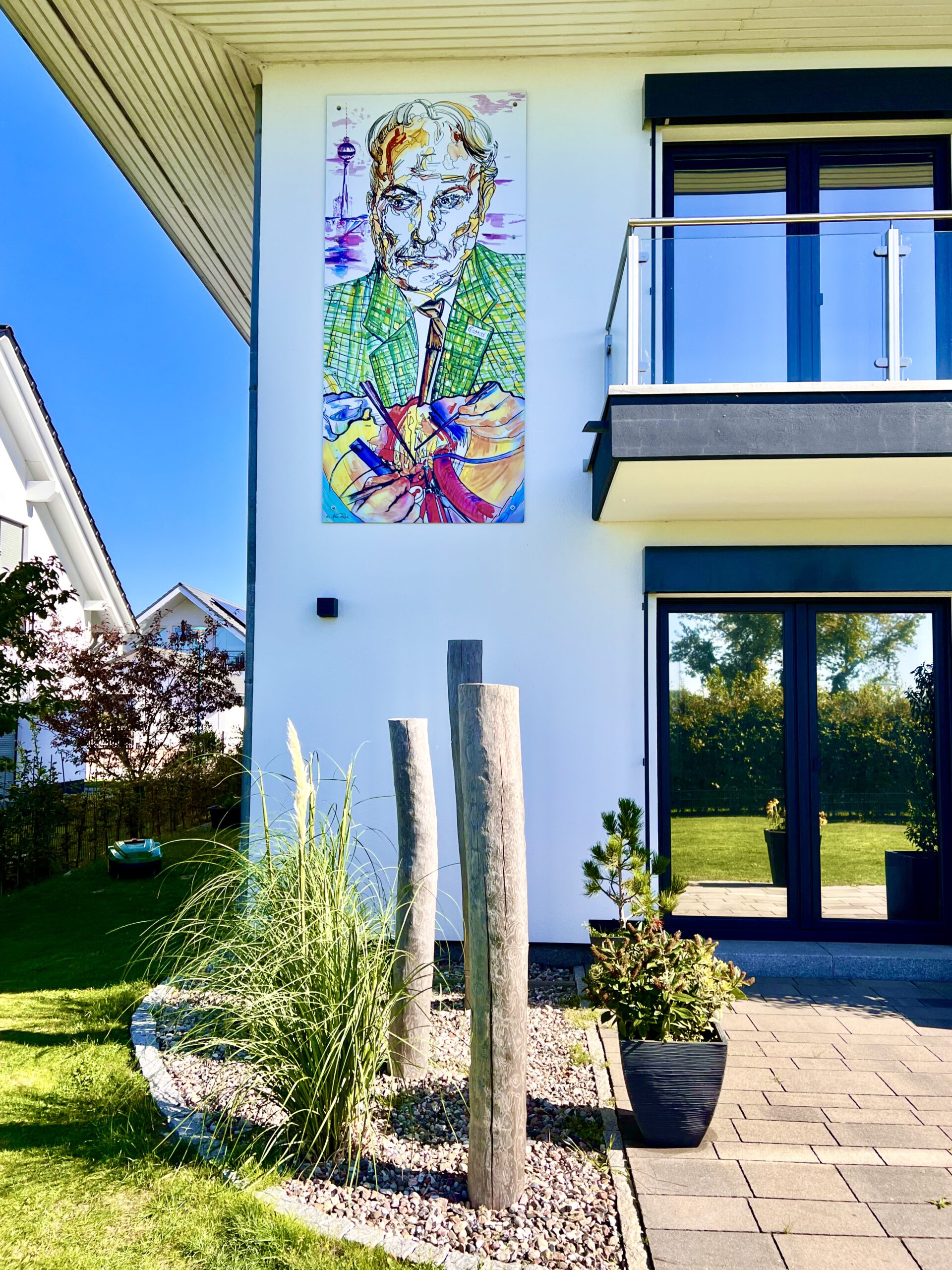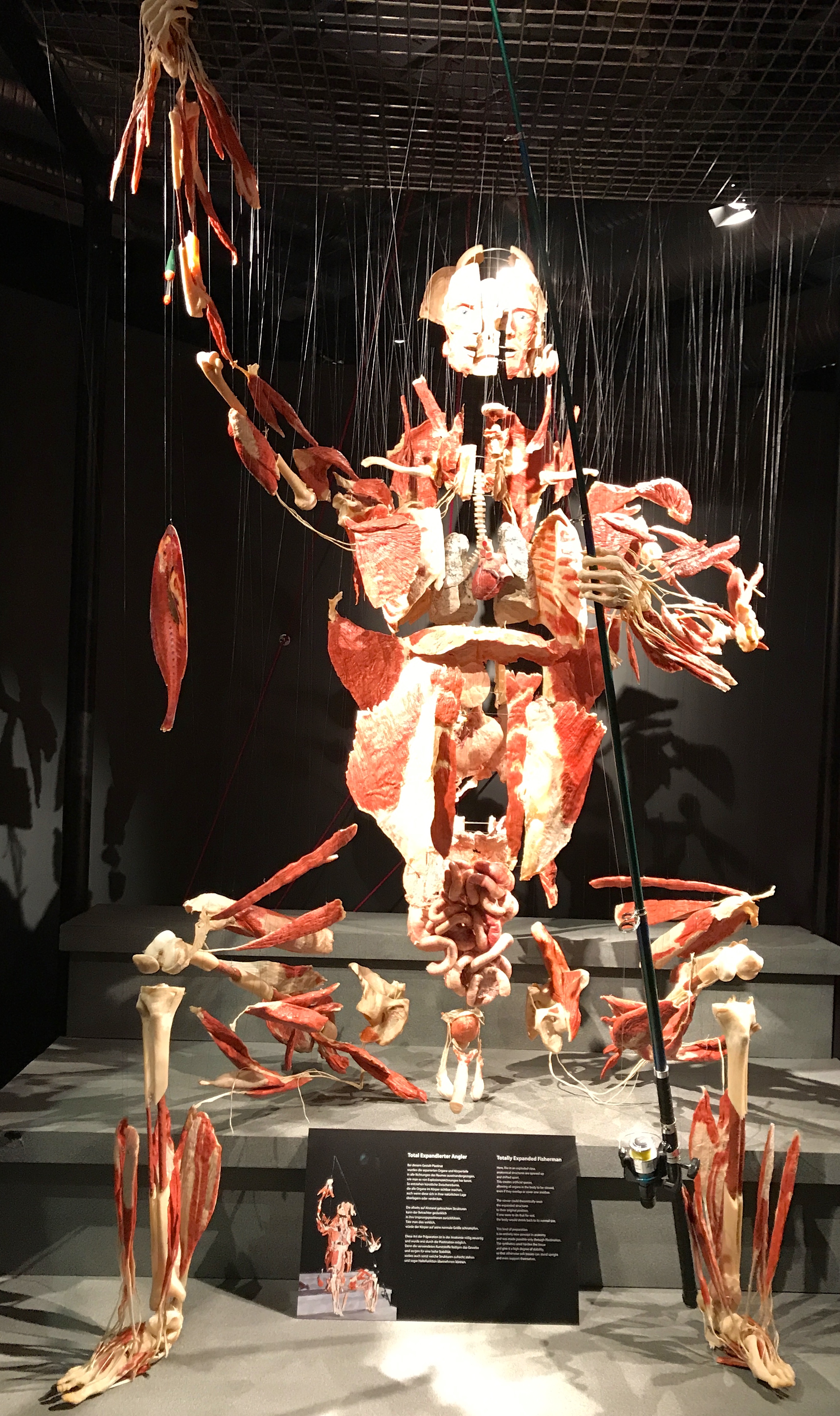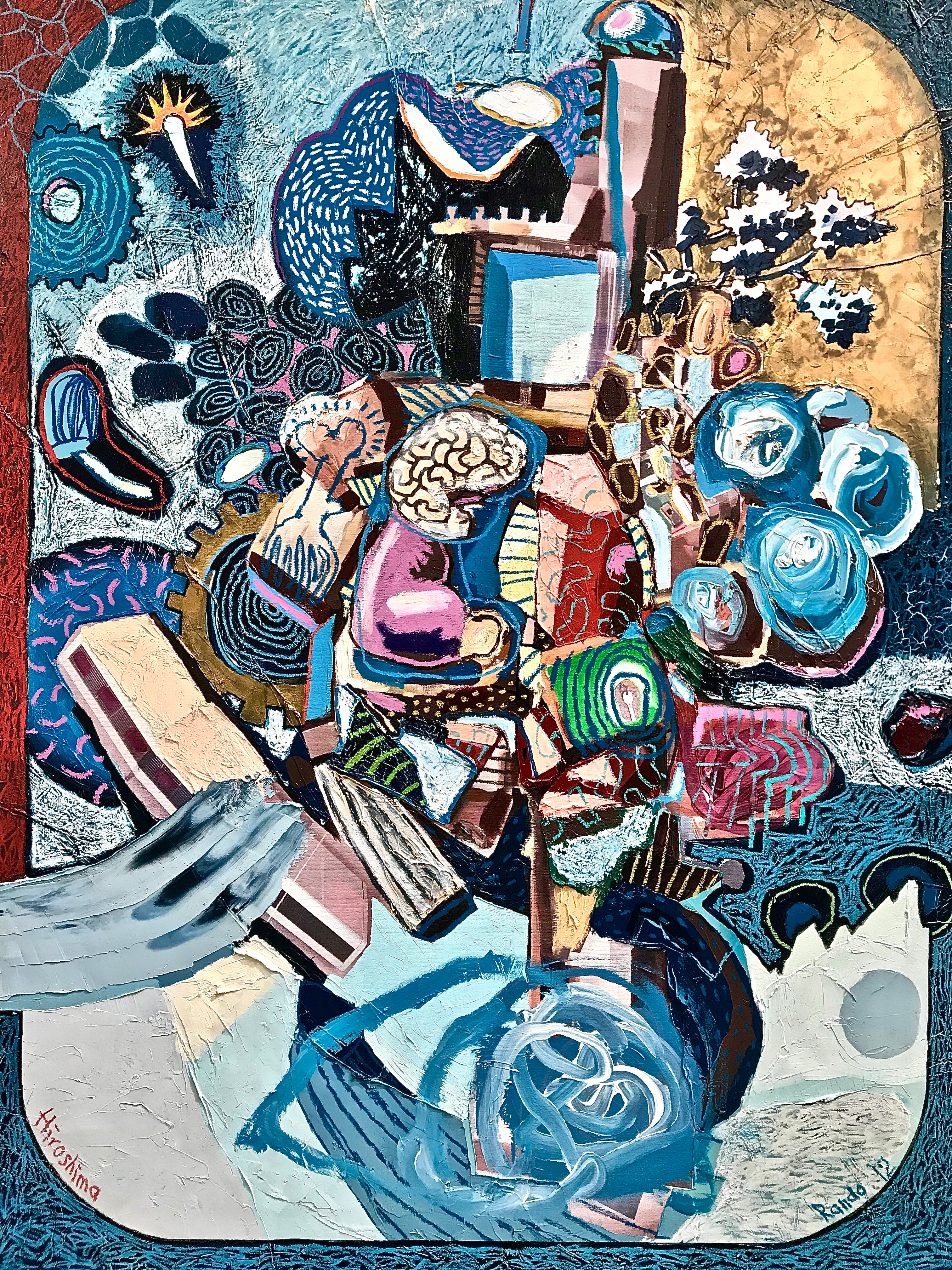Saphenion®: Faktencheck Venenkleber für Krampfadern
Der Saphenion® Faktencheck Venenkleber für Krampfadern: Ergebnisse von 143 Monaten Venenkleber für Krampfadern. Unsere Patienten sind inzwischen sehr gut über dieses Therapieverfahren informiert – Nach 142 Monaten Einsatz haben wir bisher 2124 Patienten an 4394 Stammvenen therapiert, die Verschlussrate der behandelten Venen liegt bei 96,18%.
The Saphenion® fact check vein glue for varicose veins: Results from 142 months of vein glue for varicose veins. Our patients are now very well informed about this treatment method – after 143 months of use, we have treated 2124 patients on 4394 truncal veins, the closure rate of the treated veins is 96.18%.





